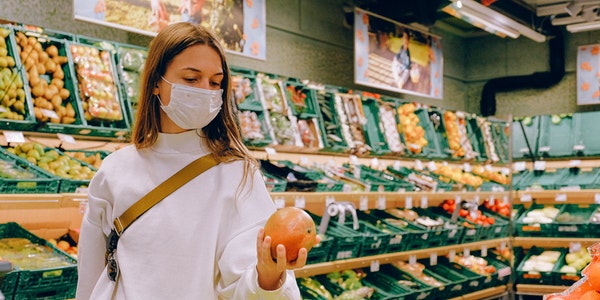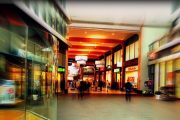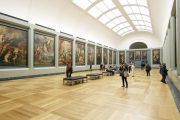The Importance of Supermarket Lighting
Is the supermarket the brighter the better? Obviously not. Supermarket operators are not constantly improving the illuminance level to surpass their competitors, but focusing on targeted lighting design management and LED technology to save energy. And continue to introduce sustainable development programs.
Good supermarket lighting, first of all, should enable customers to have basic visual ability and certain direction guidance in a large open space. Secondly, display goods in a good and purposeful manner and provide necessary information. Finally, lighting accounts for a higher proportion of supermarket operating costs. Therefore, the energy saving of lighting system design is as important as lighting function and lighting quality.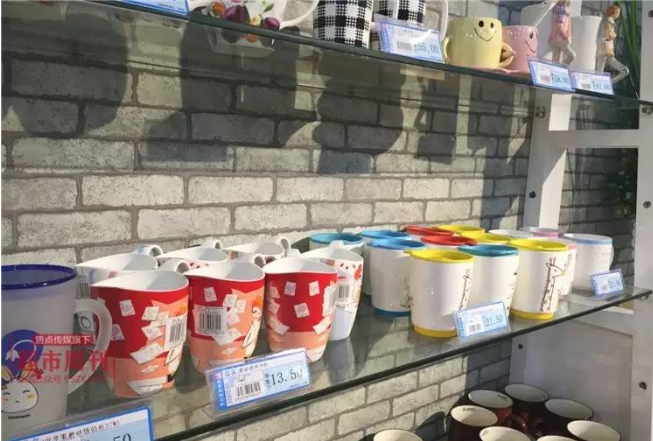
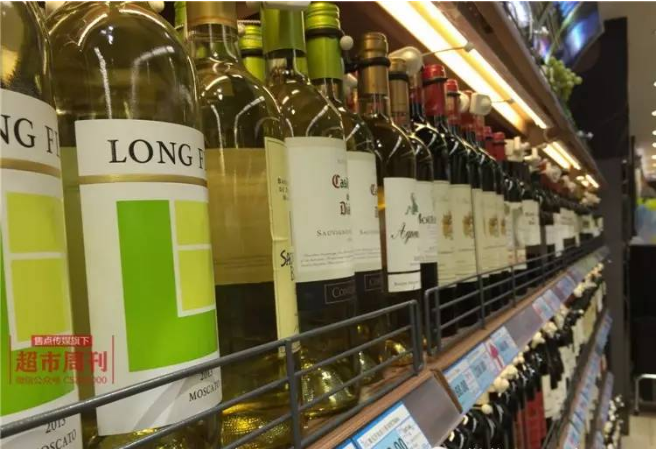
Therefore, more than ever, it is necessary to create a pleasant and relaxing shopping experience for consumers. After all, 70% of purchasing decisions are made temporarily in the store, and 68% of shopping decisions are impulse shopping. Concise and effective signs, consumer discounts and promotions, and eye-catching checkout counters will all improve the consumer’s shopping experience to a certain extent. The lighting design and management are indispensable.
Supermarket Lighting Method
Front light-the light comes from the front of the product. The product illuminated by the front light has a bright feeling and can fully display the color and details of the product. However, the three-dimensional and texture is poor, and it is generally used for the lighting of shelves in the store.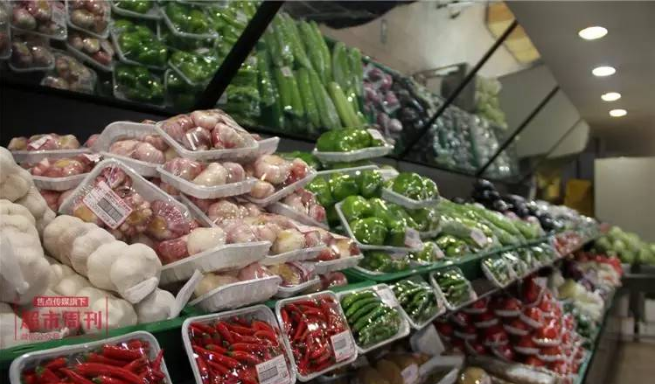
Oblique side light——refers to the light position where the light and the illuminated object are 45°. The light usually illuminates the irradiated object from an oblique direction from the left front side or the right front side. This is the most commonly used light position in window displays. The oblique side light irradiation makes the model and the clothes distinct and three-dimensional.
Side light-also known as 90° side light. The light is irradiated from the side of the irradiated object, which makes the contrast of light and dark of the irradiated object strong. Generally not used alone, only as an auxiliary use.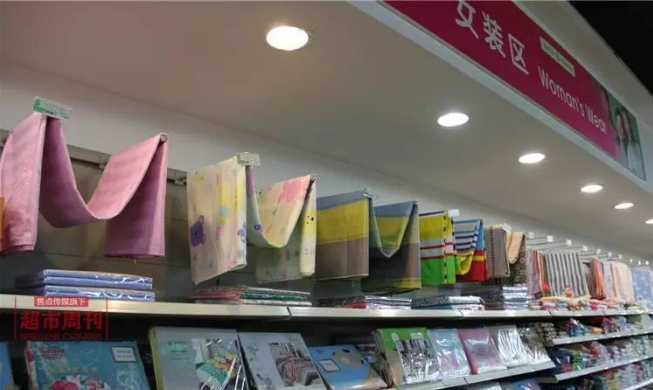 Top light-the light comes from the top of the product, which will cause the product to produce heavy shadows, which should generally be avoided. At the same time, in the fitting area of the clothing store, customers must also avoid using top light on the top of their heads. In practical applications, front light and oblique side light are often used.
Top light-the light comes from the top of the product, which will cause the product to produce heavy shadows, which should generally be avoided. At the same time, in the fitting area of the clothing store, customers must also avoid using top light on the top of their heads. In practical applications, front light and oblique side light are often used. 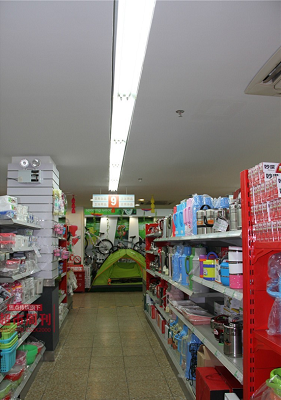
Supermarket Lighting Classification
1. Basic lighting
Also called ambient lighting. As the name suggests, it provides basic illumination for the environment. These lamps are generally installed above (ceiling or top frame structure) to provide a wide range of lighting.
The purpose of basic lighting is to provide certain ambient lighting light so that people can carry out normal activities in this environment. For example, in a special store, the lighting light provided by the basic lighting should ensure that customers can walk smoothly and watch and choose clothing products clearly.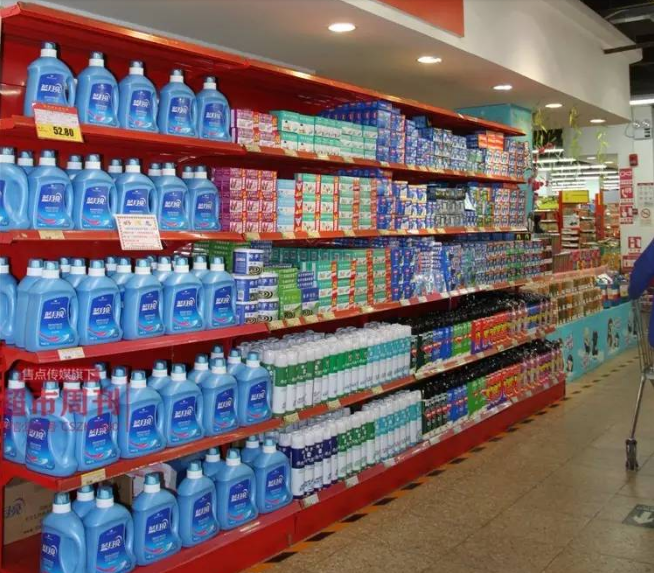
2. Key lighting
It is to focus the light on some areas or goods at a certain angle, so as to highlight the goods and attract the attention of customers. For example, in the lighting design of the window, the key lighting should not only show the appearance characteristics, functional characteristics and fabric characteristics of clothing products, but also highlight a certain shape and texture.
3. Decorative lighting
Also known as atmosphere lighting. Mainly through some color and dynamic changes, as well as intelligent lighting control system, create some special lighting atmosphere in the local environment of the store, improve the shopping environment, attract customers and promote sales. Decorative lighting usually does not illuminate the displayed items, but does some special lighting treatment for the background of the displayed items, the floor and wall of the store.
Key points of external lighting design – the external lighting here mainly refers to the use of artificial light source and color matching. It can not only illuminate the store door and the environment in front of the store, but also render the atmosphere, set off the environment and increase the formal beauty of the store facade.
In addition, the sign lighting should be bright and eye-catching. It is usually done through neon decoration or small floodlights. Neon lights not only illuminate signs, but also increase the visibility of shops at night. At the same time, it can create a lively and cheerful atmosphere. Floodlighting can make the whole signboard bright and eye-catching. No matter which form, the purpose is to achieve good attraction effects such as active atmosphere and attraction.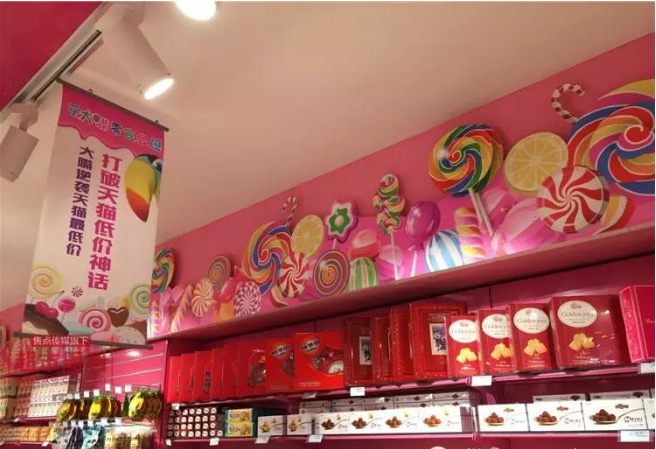
Window lighting
Window lighting should not only be beautiful, but also meet the visual demands of goods. The brightness in the window must be 2 ~ 4 times higher than that in the store, but too strong light should not be used. The contrast between lamp colors should not be too large. The movement, exchange and flicker of light should not be too fast or too intense, otherwise consumers will be dazzled and cause strong stimulation and uncomfortable feeling. The lighting requires soft and emotional colors. At the same time, decorative lighting such as downlight and chandelier can also be used to emphasize the characteristics of commodities. Try to give people a good psychological impression on the basis of reflecting the true colors of the goods.
Lighting Characteristics of Each Area of the Supermarket
When the lighting brightness in the supermarket is evenly distributed, the average brightness in the store of all lighting shall be 1, the store window shall be 2 ~ 4 times, the deep part of the front of the store shall be 2 ~ 3 times, and the commodity display surface shall be 1.5 ~ 2 times. Where the brightness needs to be doubled, only local lighting can be added.
Shelf lighting
Supermarket shelf lighting usually also undertakes the function of basic lighting. The main task of basic lighting is to provide sufficient and uniform illumination level for the shopping area. The well-designed basic lighting system can create a pleasant and comfortable environment for the whole supermarket and meet the customers’ happy shopping needs both physically and psychologically.
When arranging lights, for some exhibits with strong planarity, rich levels, more details and requiring clear display of various parts, the projection or weakening shadow shall be reduced. Diffuse illumination or cross illumination with less obvious directivity can be used to eliminate the interference caused by shadows. The lamps on the shelf shall have good color rendering. Spot lights or embedded or suspended straight tube LED lamps can be used in the shelf for local lighting.
Deficiencies of common lighting methods
At present, many stores adopt the way of cross light distribution. However, the test shows that the illuminance under the lamp is about 800lx, and the illuminance between the two rows of lamps is about 650lx, and the uniformity is OK.
However, the vertical illumination on the shelves displaying goods is almost 200lx. This arrangement does not make the most effective use of the lighting system, and some unnecessary areas lose the economy of lighting. For example, the lighting on the top of the shelf is an uneconomical way to arrange lights. Secondly, this lighting method can not provide enough uniform vertical illumination for the shelves displaying goods, which affects the display of goods and the transmission of visual information, thus affecting the shopping experience and sales.
The correct way is to arrange the light belt in the middle of the two rows of shelves. This can not only ensure the basic lighting of the channel, but also ensure the vertical illumination level of the shelves on both sides, so as to avoid the uneconomical caused by the waste of lighting.
Lighting in vegetable and fruit area
Such areas should highlight the visual freshness. Hope to improve the attractiveness of fresh goods through good lighting. Successful lighting is to create a fresh environment. At the same time, the color of this area is diverse and bright, and it is afraid of high temperature. Therefore, pay attention to the color temperature in the design.
Warm and soft pure white light is most suitable for fruits, vegetables and flowers. It can most truly reflect the green and sweet red. At the same time, the hanging design above the pile head can focus the light on the goods, making them look more prominent and eye-catching. The floodlight will make oranges, red fruits or flowers look more eye-catching and soft. 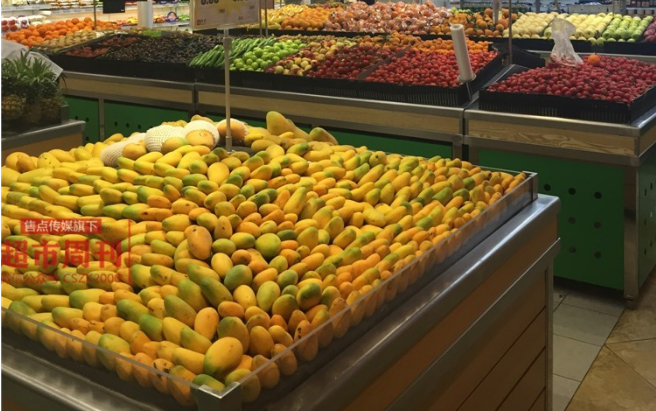
Meat and poultry
This kind of commodity focuses on the light and color performance. High quality meat products and fresh poultry products must look clean and hygienic. Balanced lighting with warmer colors can make meat and poultry look fresh and attractive. The warm color light source of spotlight can not only effectively enhance the expressiveness of goods, but also minimize the heat generated by light on the surface of meat food. If the cold tone LED light source is used together, it is very suitable for the processing area behind the shelf. The white tone can make the processing area look cleaner and sanitary.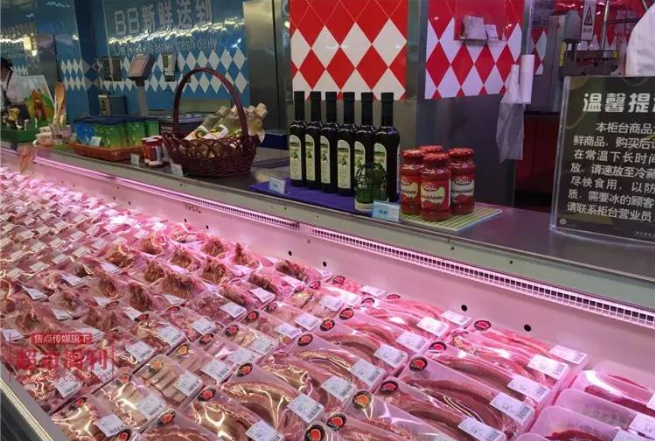
Fish and aquatic products
Perishable marine products such as sashimi or seafood are not only very expensive, but also give off a bad smell when they decay. Therefore, fish lighting should not only be beautiful, but also reduce the lighting temperature.
Choosing cold white light or blue light with strong contrast effect can make seafood products look fresher against the glittering broken ice. The lighting solution is equally effective for sushi and sashimi. The cold white lighting effect is easy to remind consumers of the clear sea water fishing for seafood, and can make the seafood look fresh from the sea. The directional beam can make fish products and sushi look more shiny.
Ice cream and dumpling area
For the frozen food area where consumers rarely browse and consider carefully, whether in the refrigerator or in the freezer, frozen food should not only have good lighting effect, but also look fresh and cool.
However, the lighting temperature should also be minimized to balance the lighting in the display and preservation of food. The installation distance of lamps should not only ensure the freezing effect of food, but also ensure that the colorful brand packaging shows bright colors, so as to make it easier for customers to see all goods.
Even if the goods are at the corner of the freezer or at the bottom of the freezing layer, ensure that they have sufficient exposure in front of customers. The lighting equipment in the freezer should create a clean and bright lighting environment, and reduce the heat emitted as much as possible to reduce unnecessary energy waste.
If the cost is sufficient, LED tubes can be used for lighting in the freezer, and its service temperature range is – 20 ° ~ 40 °. However, fluorescent tubes are prone to bend and light attenuation at low temperature, so protective covers need to be added.
Baked goods area
Walking into the baked goods area, consumers will find that the light here has turned into light yellow amber. The soft light yellow lighting effect reminds people of the unique warm feeling and attractive fragrance when making cakes at home, giving people a feeling of freshness. Freshly baked bread and pastries need no spotlight. The soft and warm light effect can fully meet the lighting requirements of bread and cakes. After using the same soft and warm lighting equipment on the shelf, the overall visual effect can be further improved. Warm lights make golden baked goods more delicious and attractive.
Prevent lighting damage to goods
Sometimes, when customers pick up the goods, they find that some parts of the goods have faded and changed color. In this way, not only the sales opportunities of goods are lost, but also the reputation of the store is greatly reduced. In order to prevent the occurrence of color change, discoloration, deterioration and other similar events of commodities caused by lighting, the following matters shall be paid attention to at ordinary times:
- The distance between the commodity and the light bulb with strong condensing property shall not be less than 50cm, so as to avoid fading and deterioration of the commodity caused by the heat and burning of the light.
- Always check whether the materials and printed materials are faded and curled.
- Since food is easy to change color and deteriorate in a short time, keep away from the light source.
- Electric lamps that are gradually dim shall be replaced in advance before they are scrapped.

